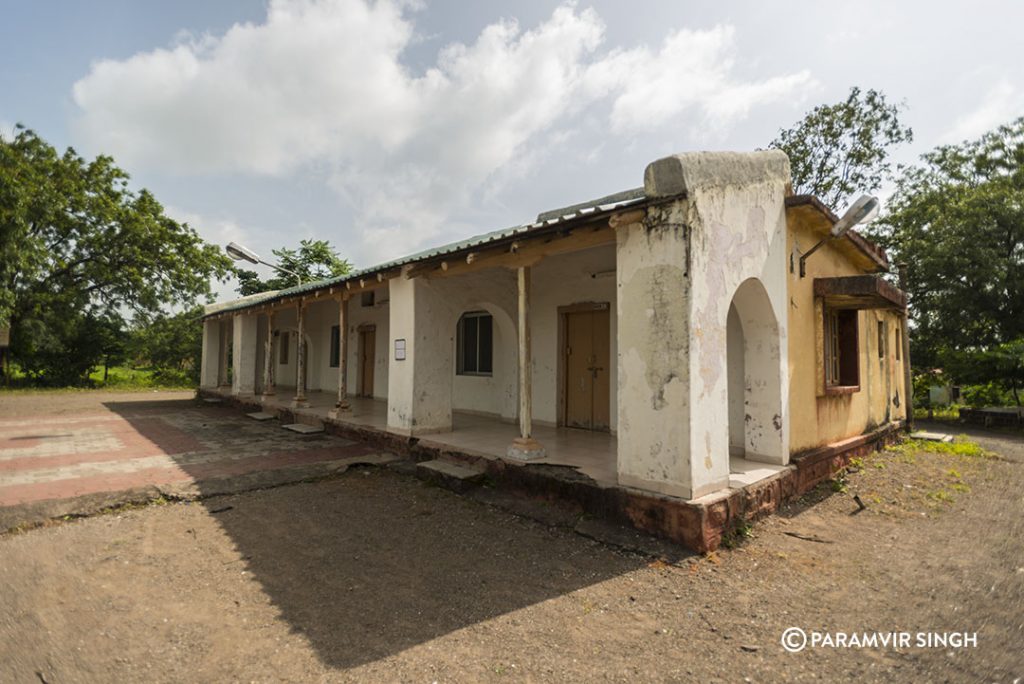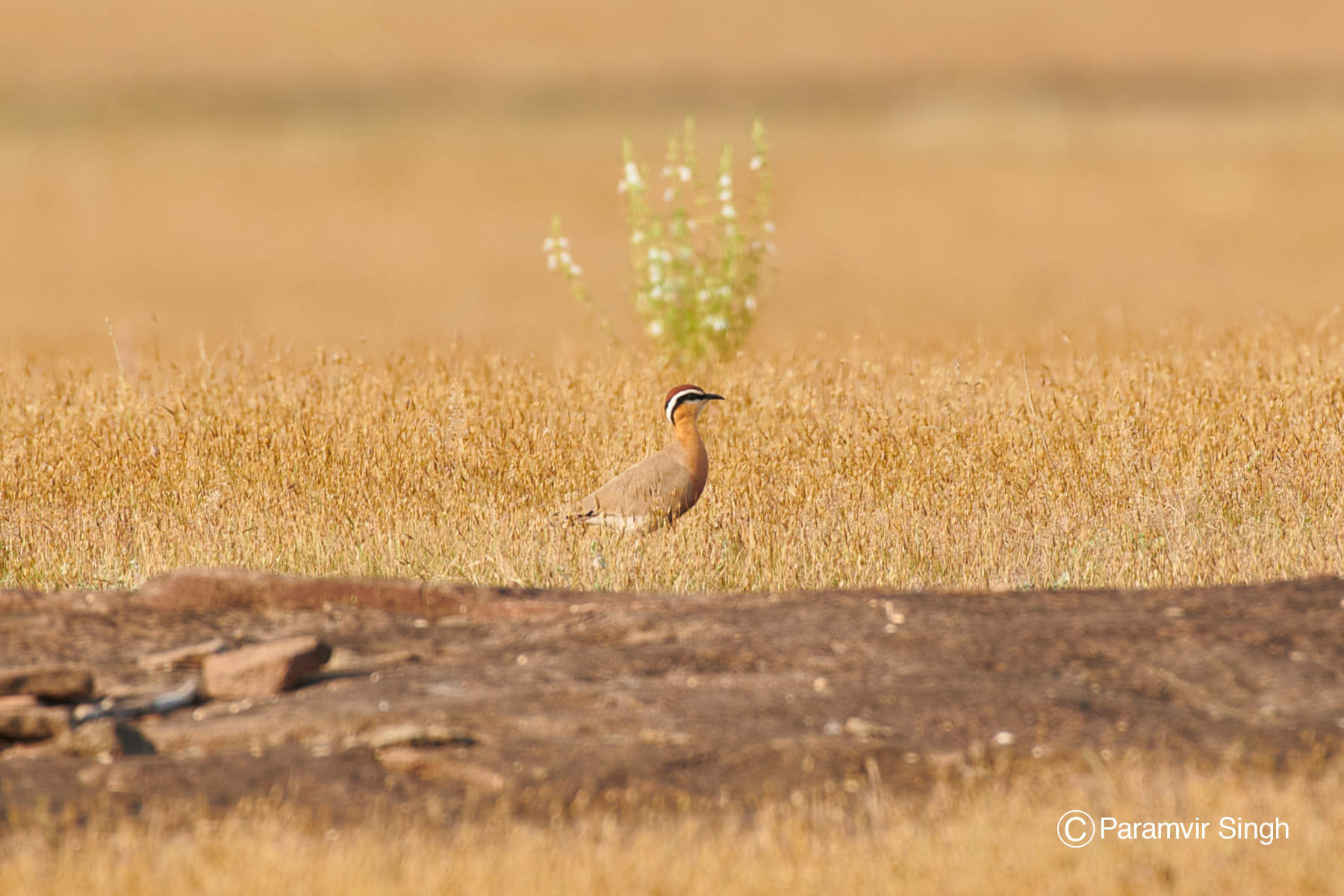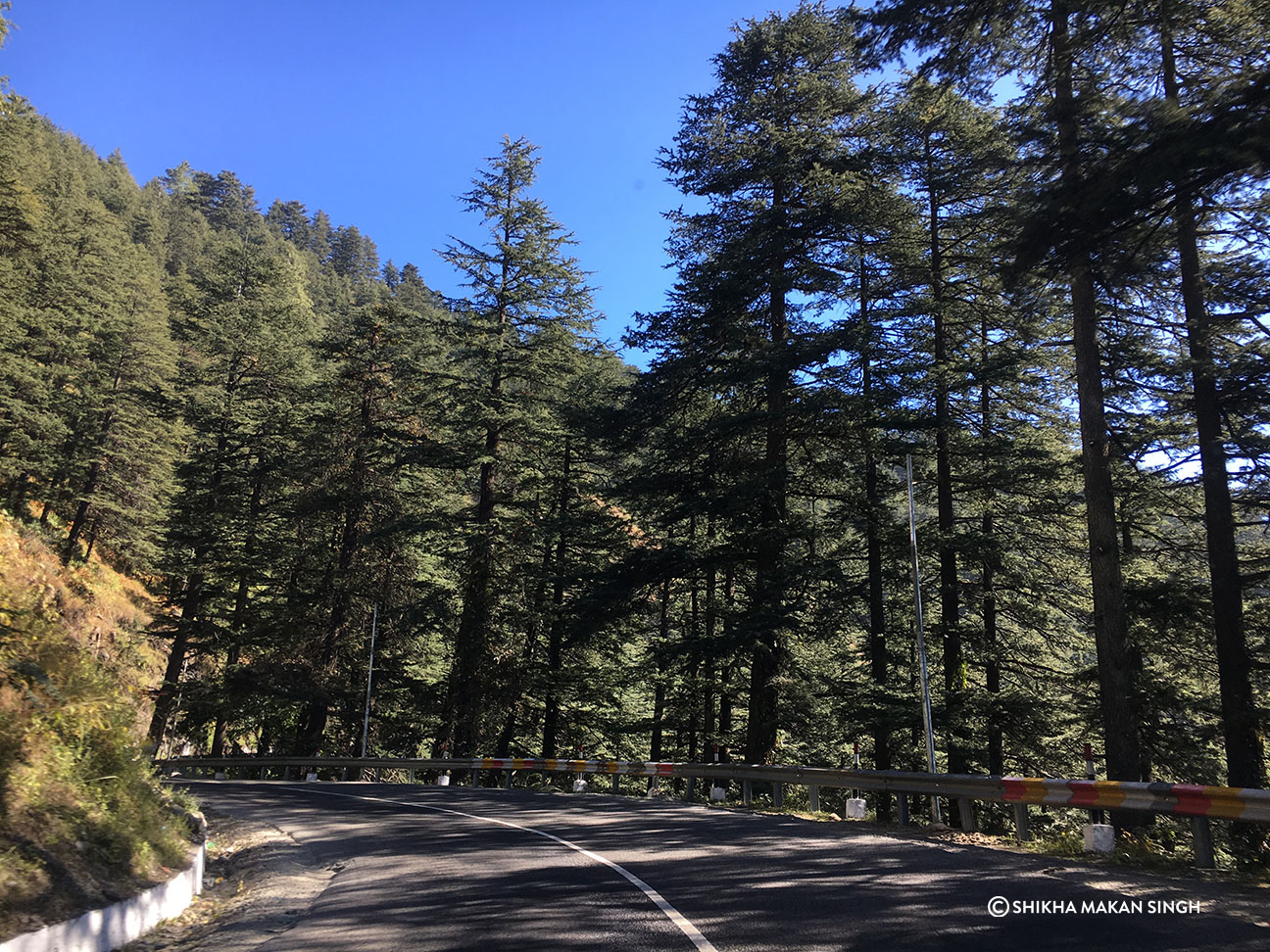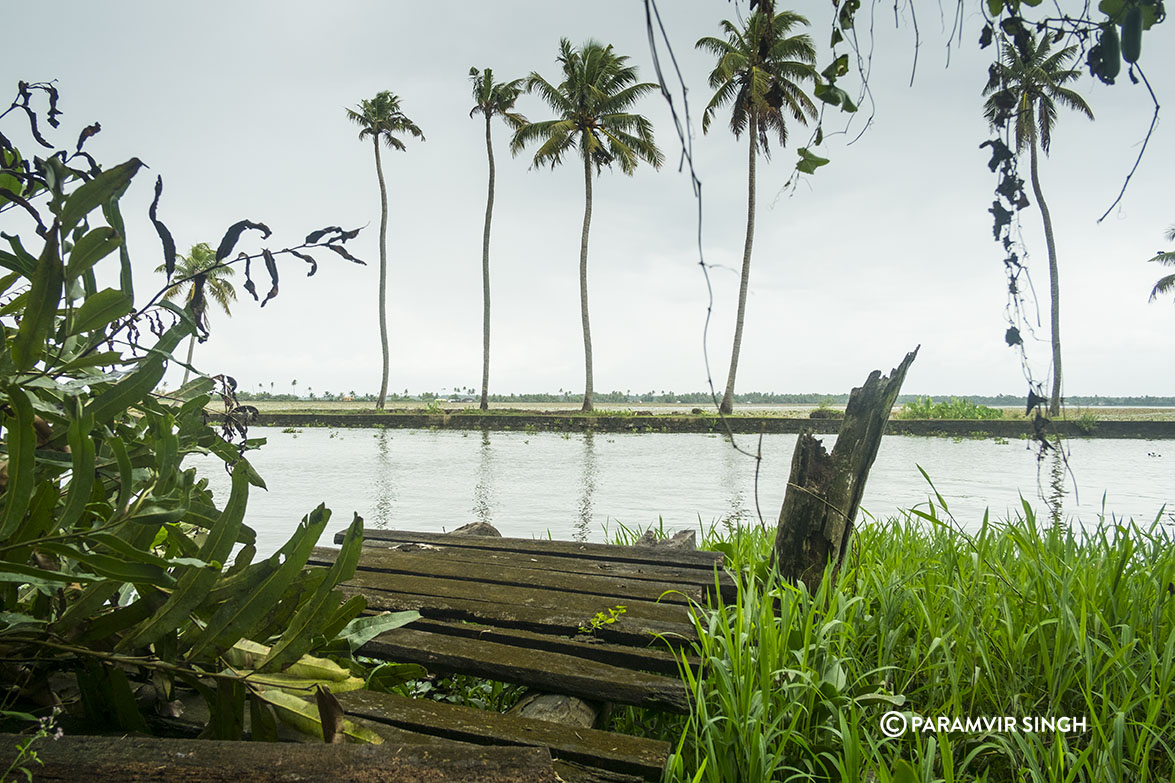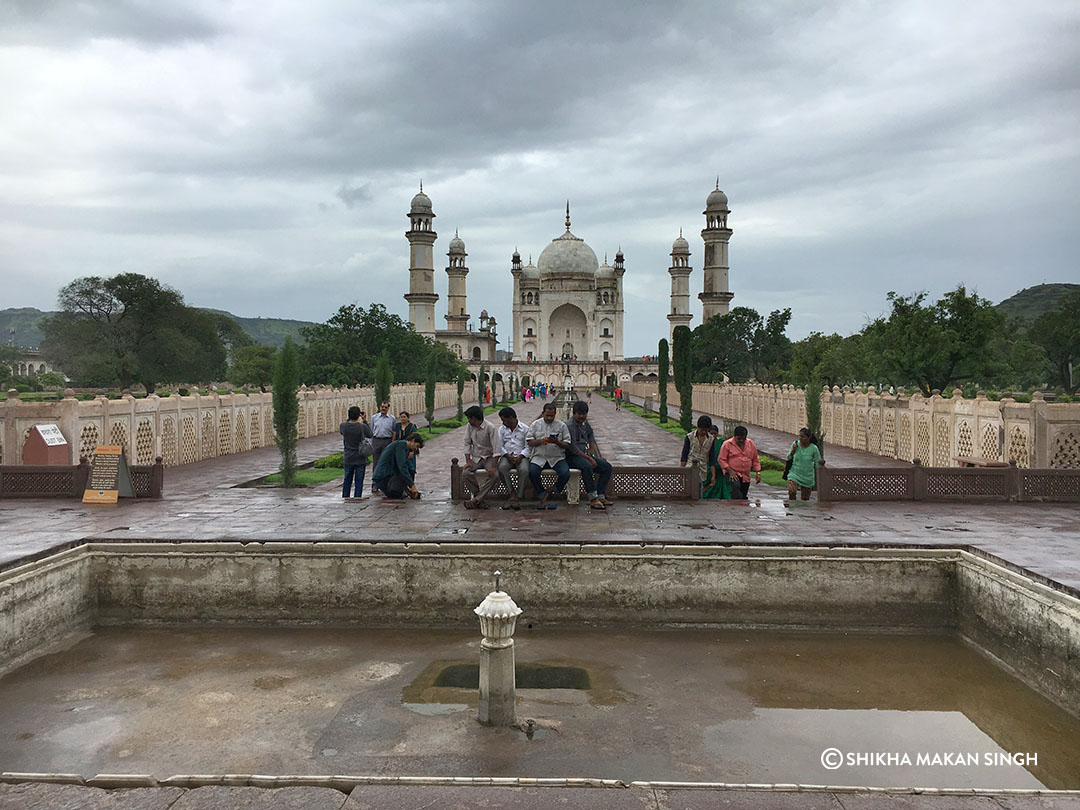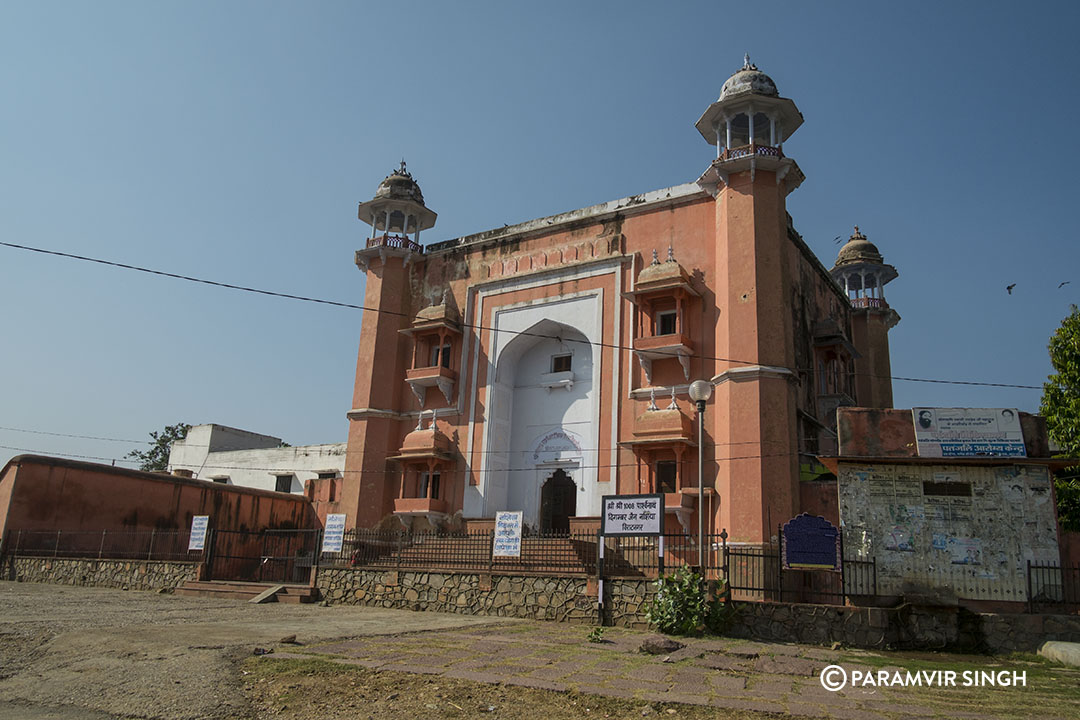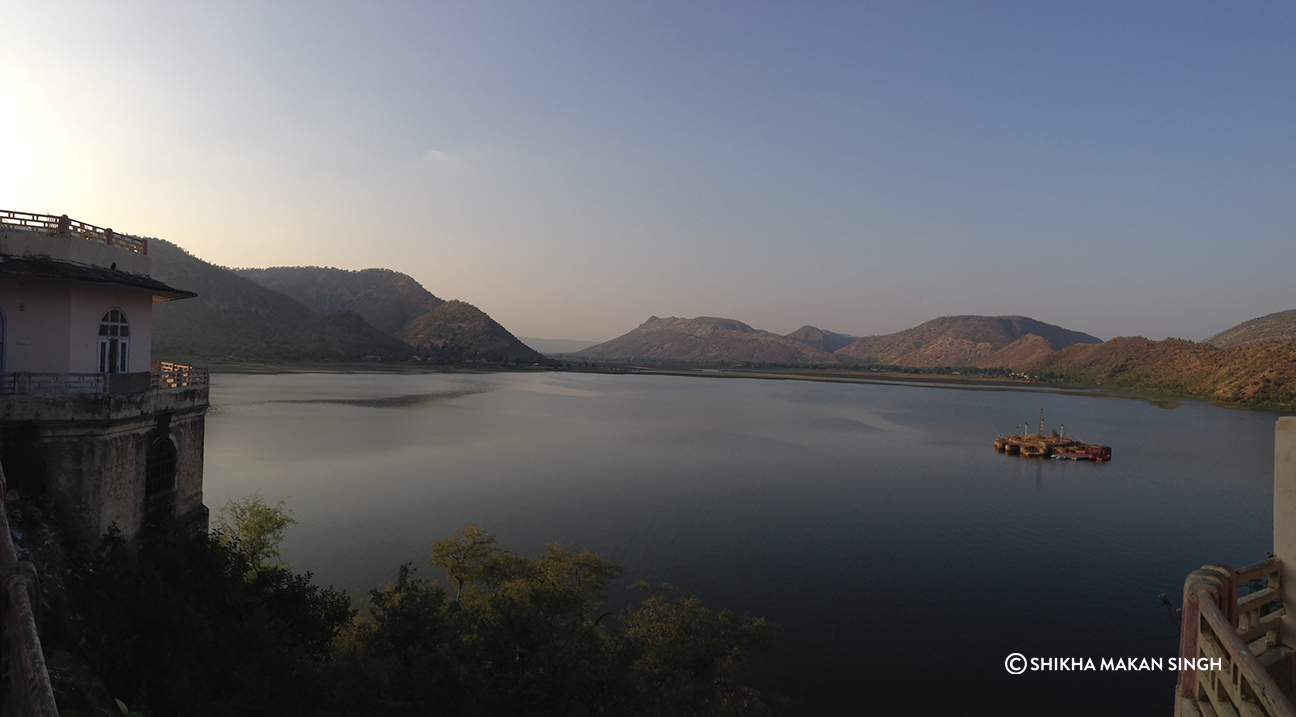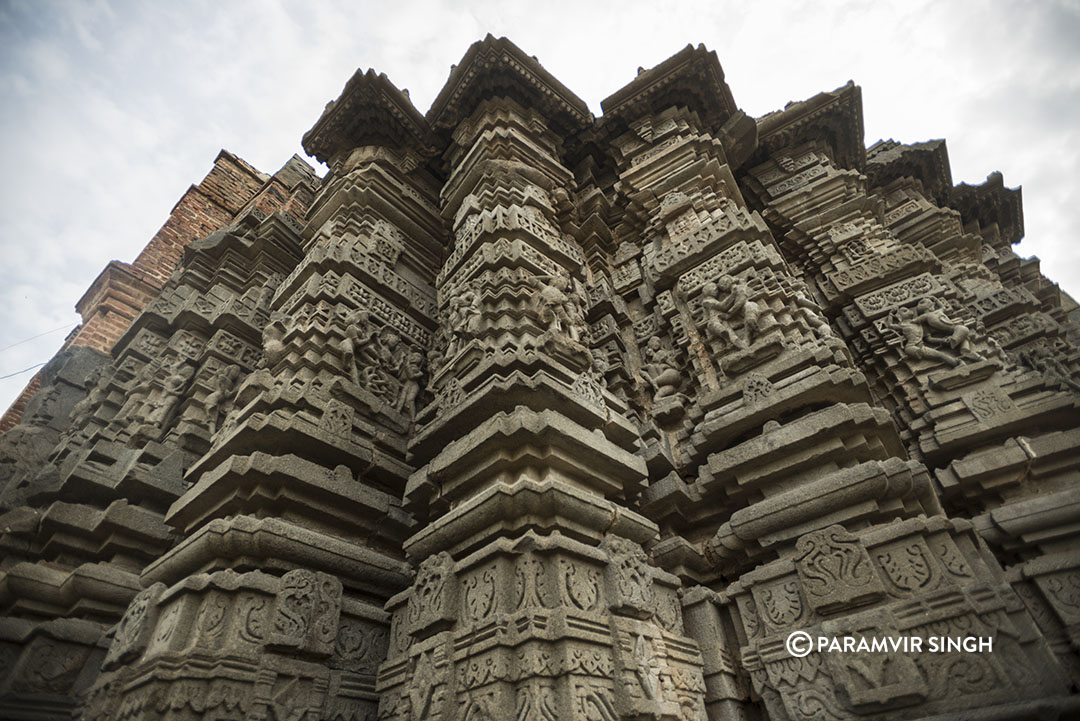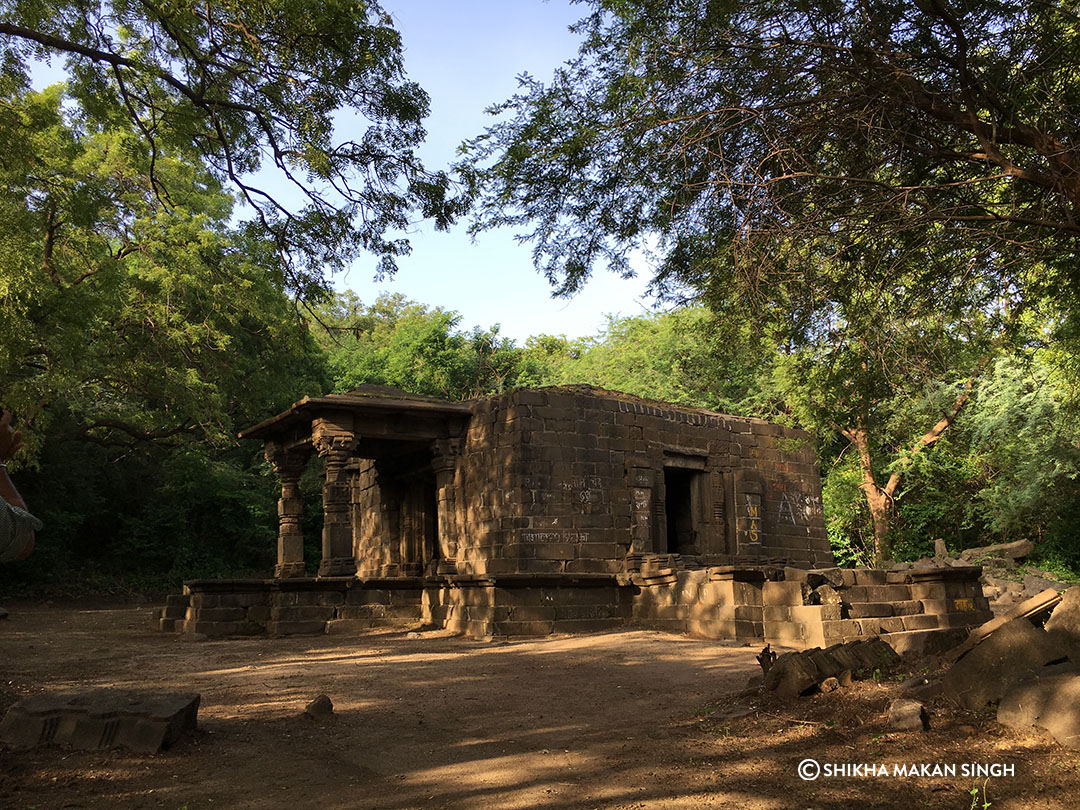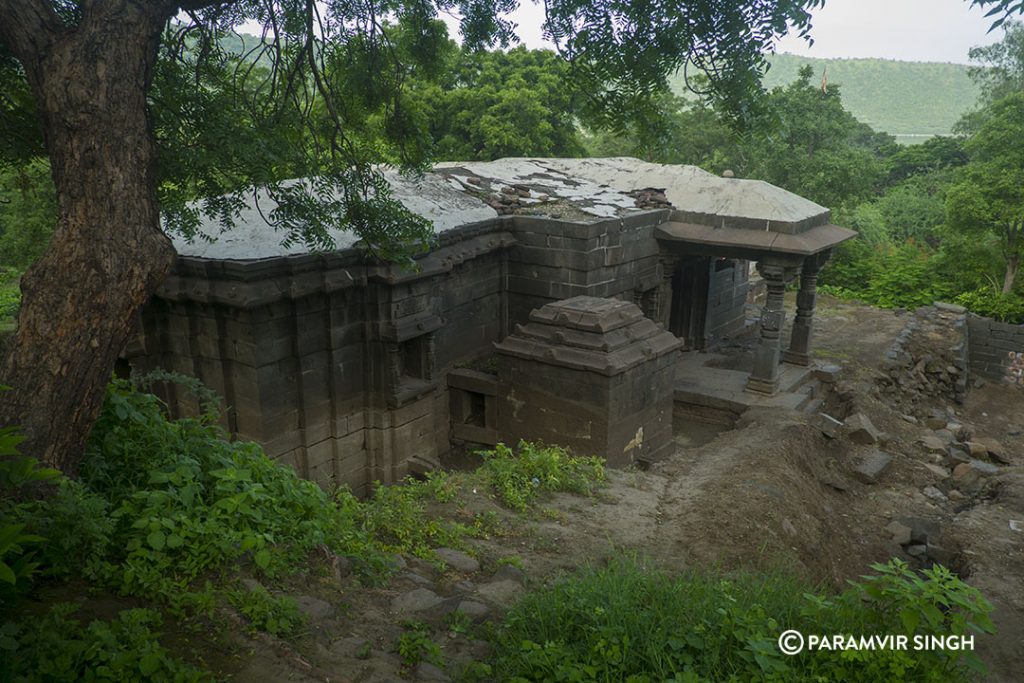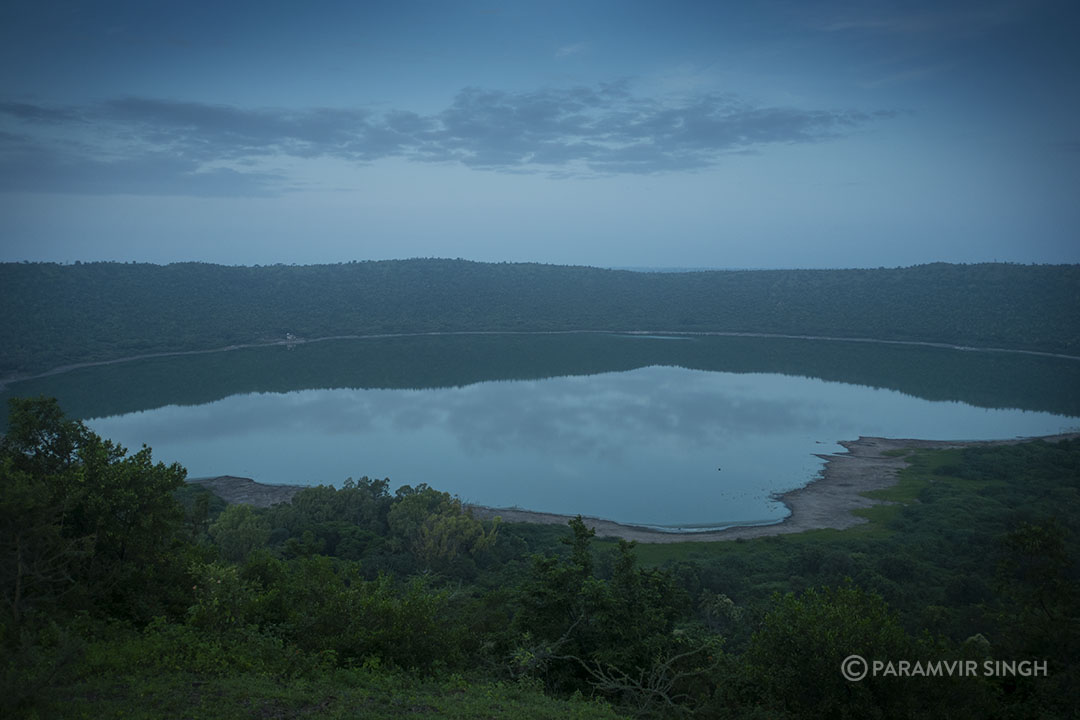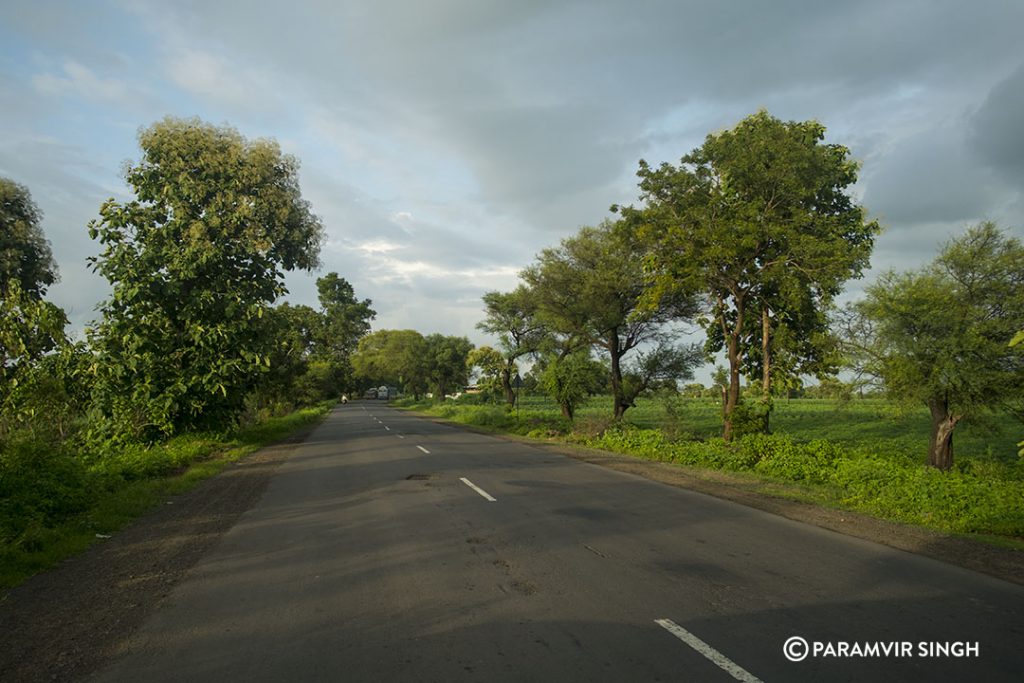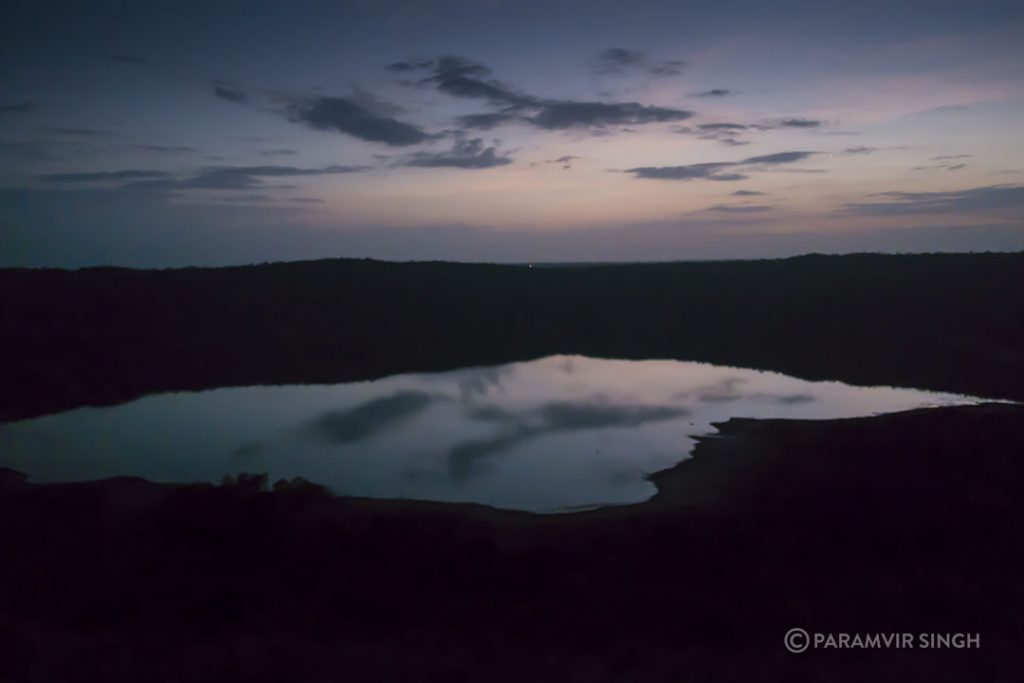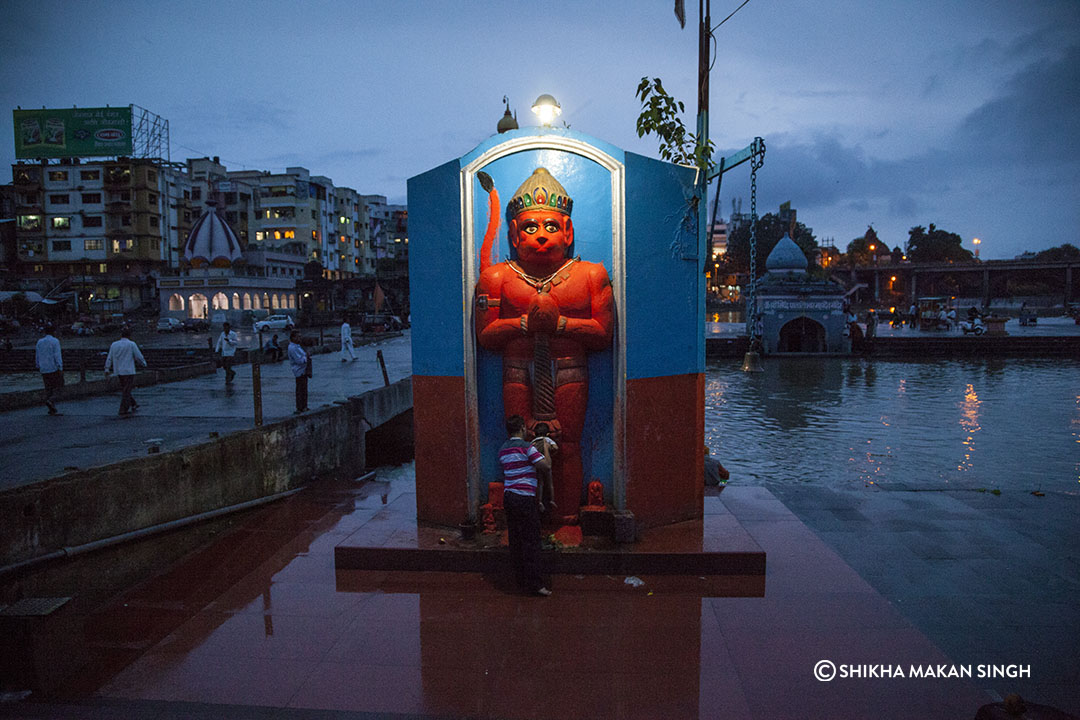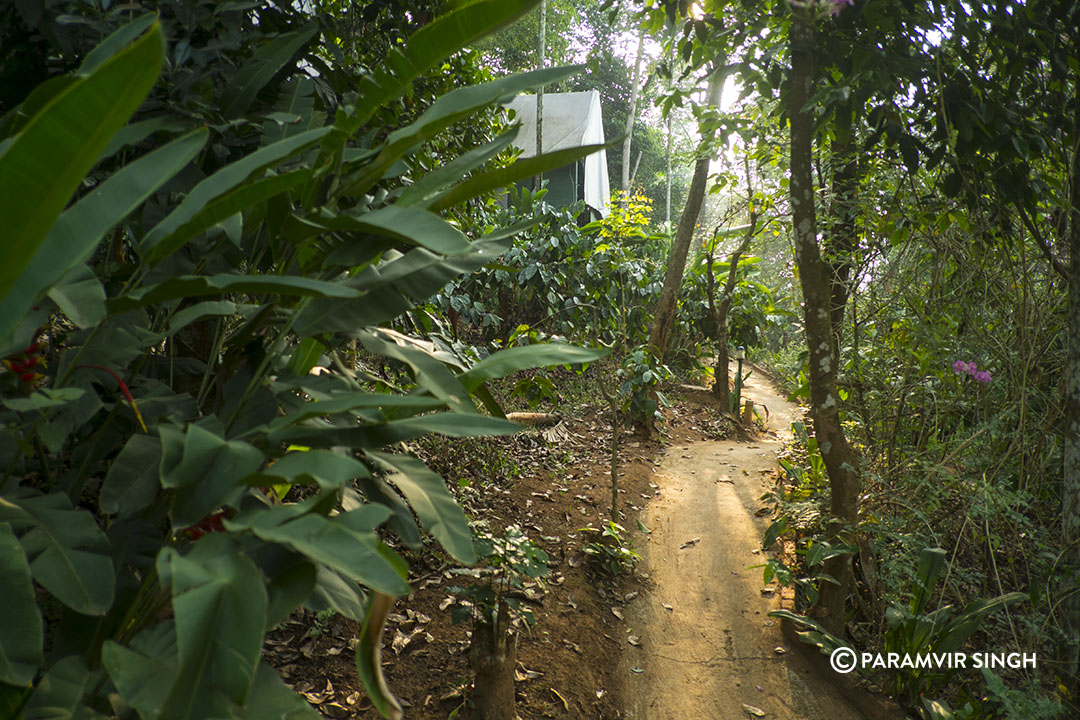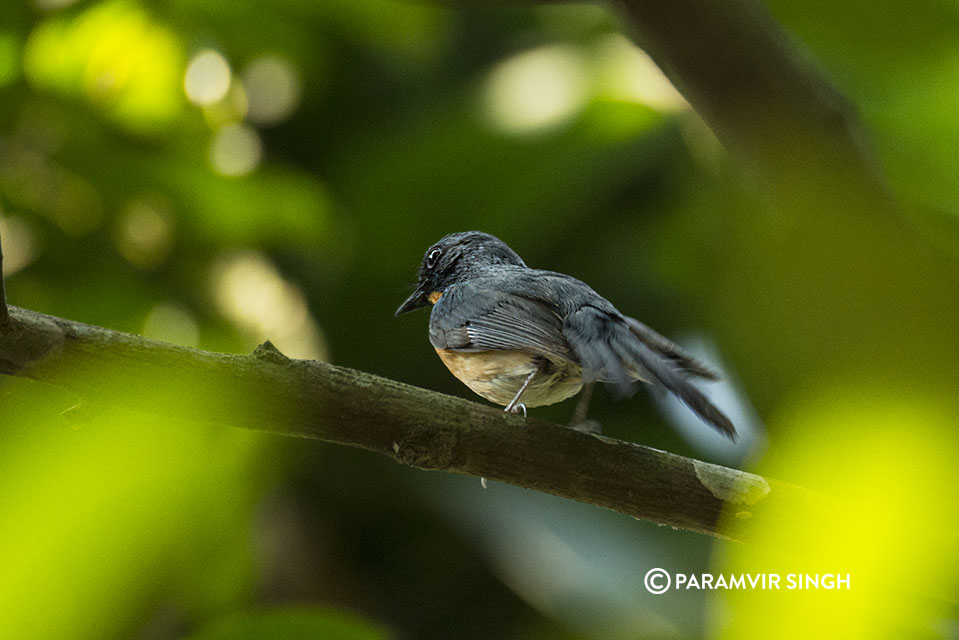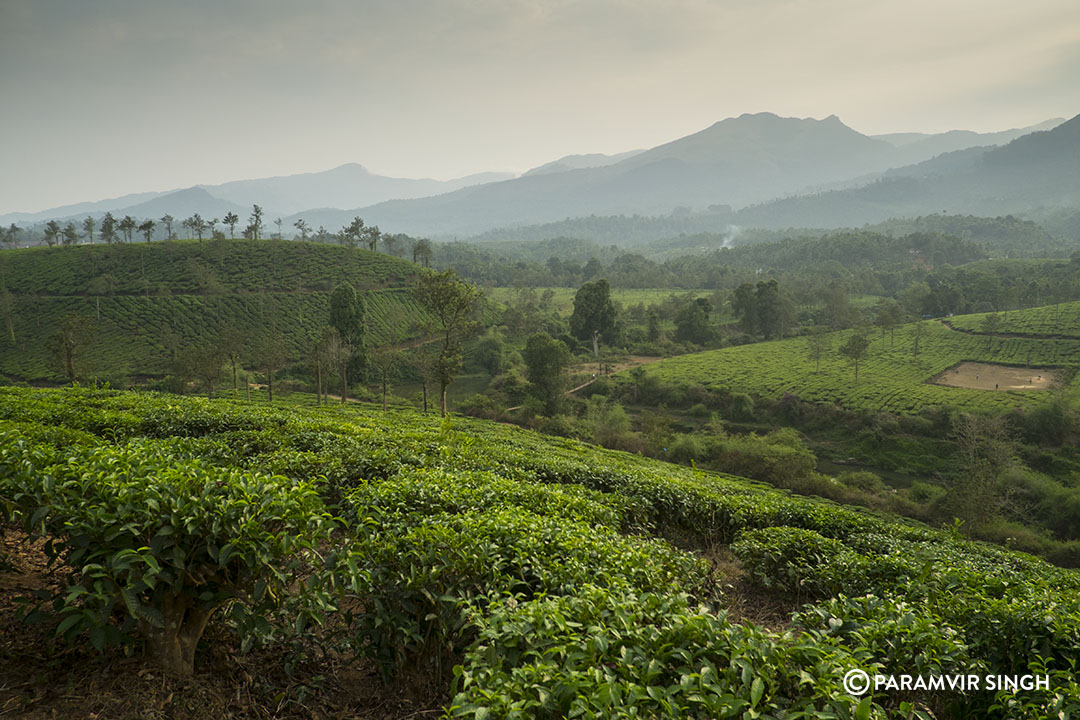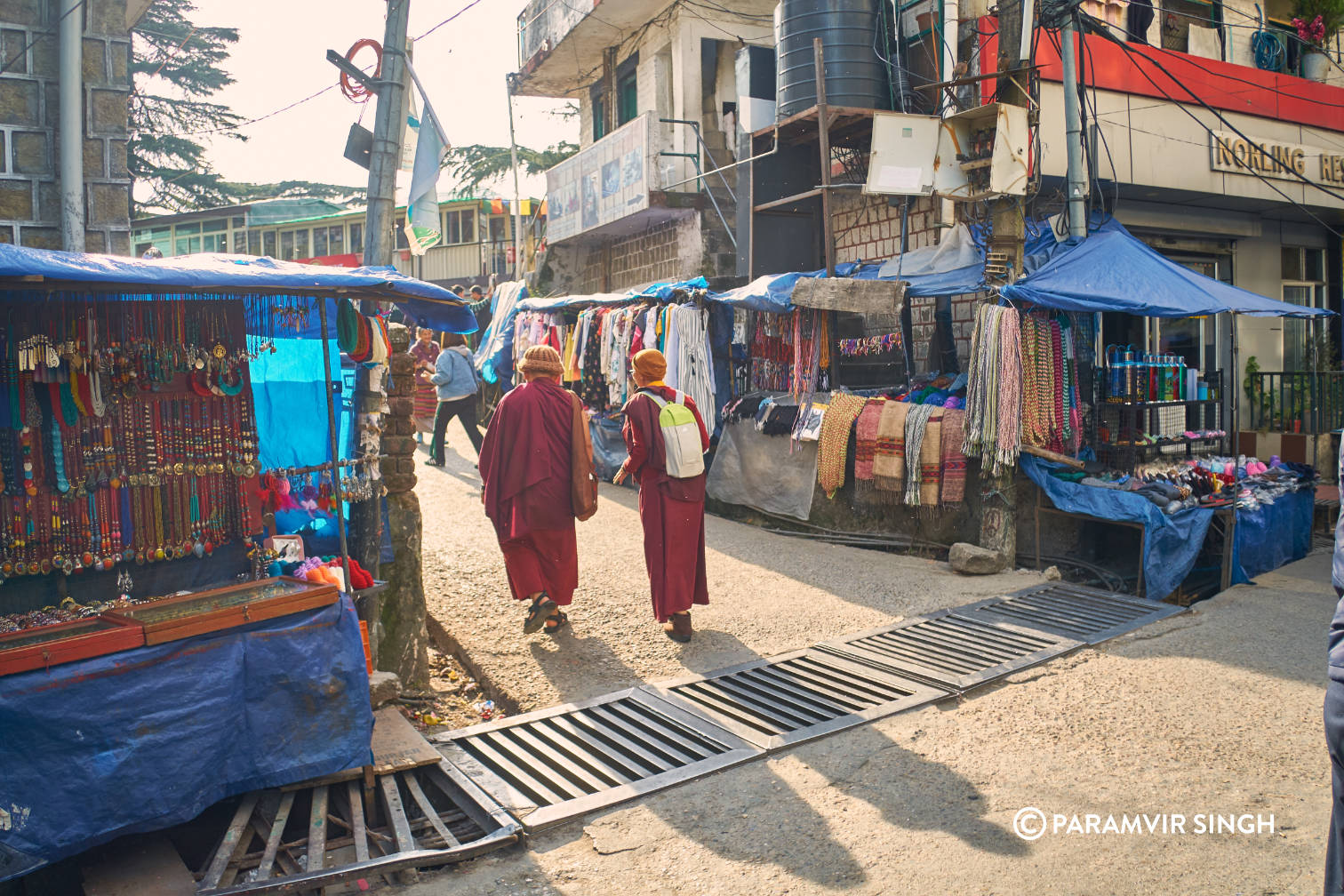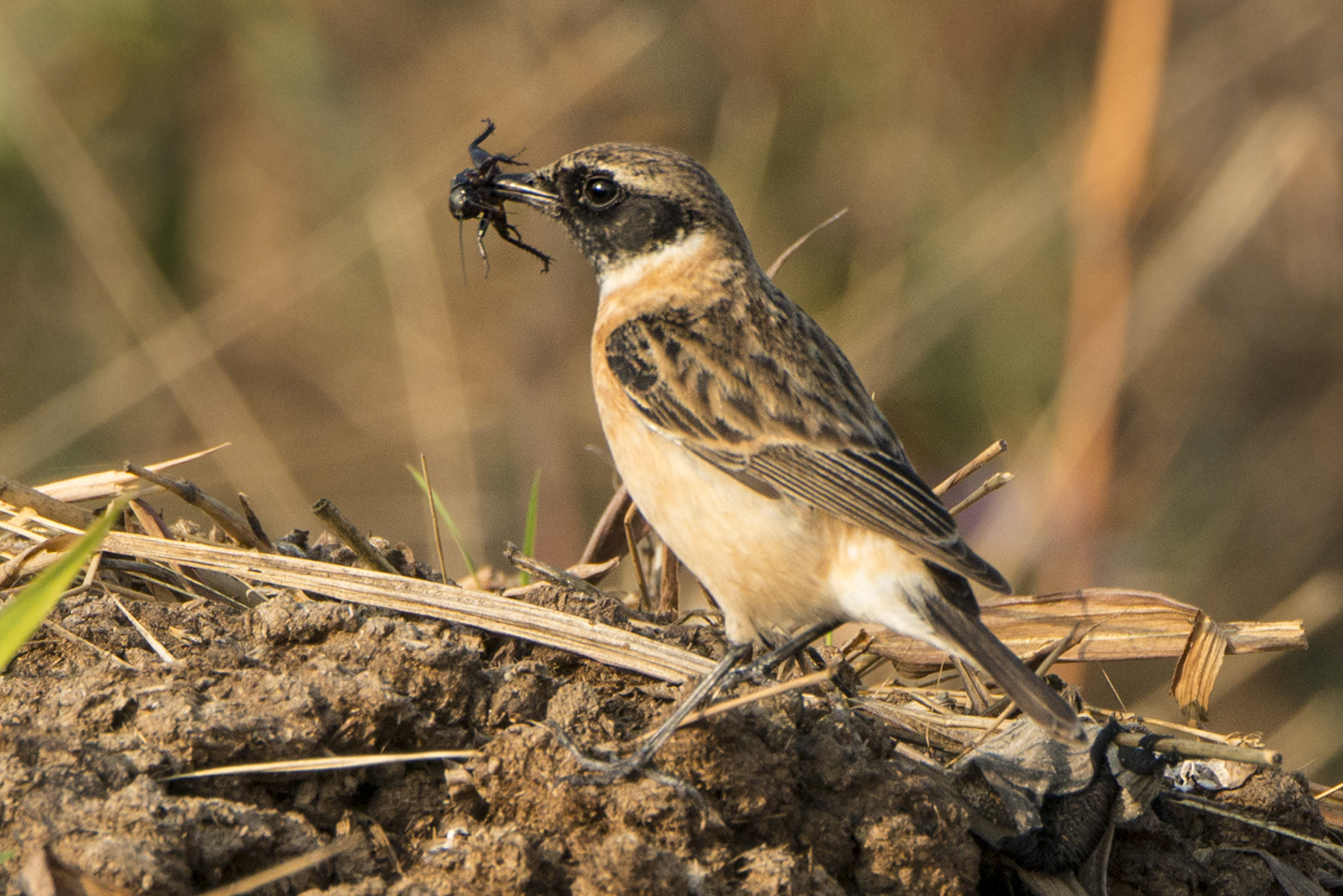We completed our Lonar trip with a day spent in the town, exploring the Daitya Sudan Temple. The earlier two posts, about the Lonar Crater and the Lonar Crater Temples are also worth looking at. This ancient village/town has more to it than these two areas, and in our limited time, we tried to explore it.
Lonar is a tiny village/town in Maharashtra where, about 50,000 years ago, a giant meteor crashed into earth, creating a large circular lake of 1.4 km diameter, which has saline water. In the circumference of the lake are 10 ancient temples, perhaps from the 9th Century AD.
The Lonar MTDC Resort is the place to stay, although an old PWD Guesthouse is also available on prior notice. We recommened MTDC anytime, as here it was neat, clean and rather unoccupied.
The town has an ancient temple called ‘Daitya Sudan Mandir’. Legend has it, Lord Vishnu had killed a Daitya, Lavanasur, here. Next to the temple is a Bramha – Vishnu – Mahesh temple. The idol of Mahesh is missing and has been replaced by an idol of Garuda.
The temple of Daitya Sudan is considered a fine example of the Hemadpanthi style of architecture. The temple has three niches, each dedicated to Chamunda, Surya and Narasimha. Each niche feels like a complete temple in itself. The walls and ceilings of the temple are elaborately carved with various figurines depicting various scenes from the scriptures, scenes from everyday life and stories. Try and keep a day only for this temple.
Apart from the temple, we came across a fascinating ancient ‘step well’ from the times of the Chalukya Dynasty. Locally called the ‘Limbi Barav’, the well is in a state of dis-repair, but fenced by the Archaeological Society Of India. On each of the four walls is a niche for idols which are now missing. On the east side is a balconied pavilion. There are Saptamatrikas carved on the space inside the balcony, suggesting there must have been an idol of a goddess. These seven ‘mothers’ can be “Brahmani, Vaishnavi, Maheshvari, Indrani, Kaumari, Varahi, Chamunda and Narasimhi.”
